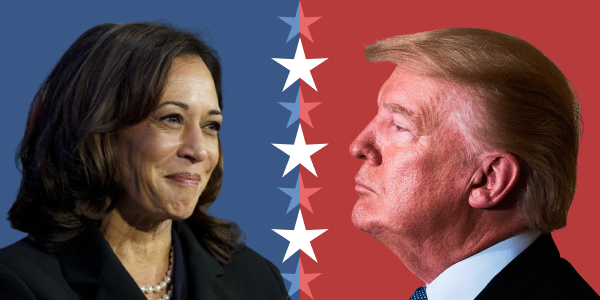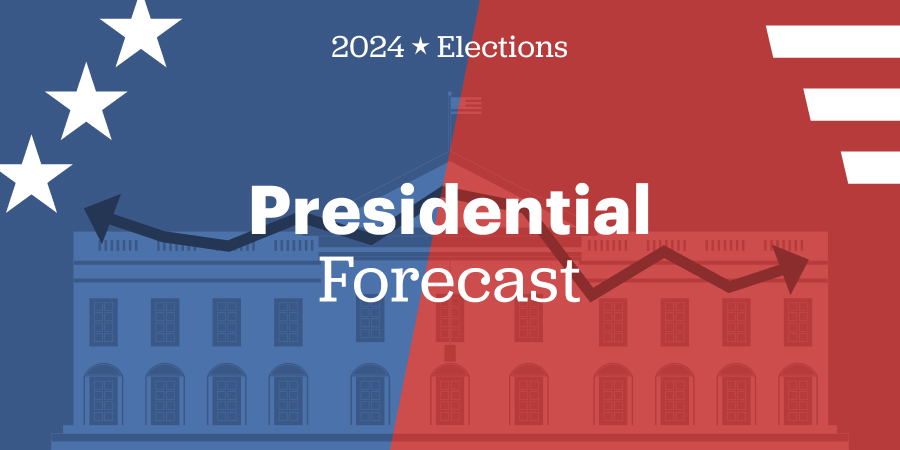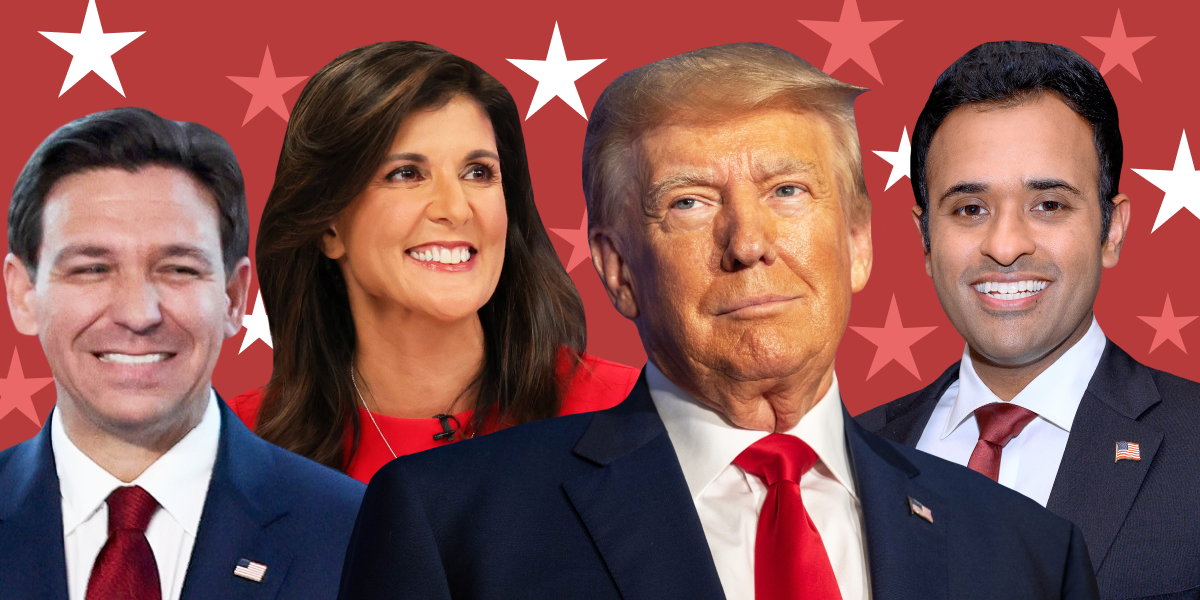What is the 'blue wall' and what does it mean for 2024 election?
By Cassie Buchman - 10/16/24, 6:38 AM EDT

(NewsNation) — With less than a month until Election Day, Vice President Harris is making stops this week in three states that experts say are critical to winning the White House.
Harris, the Democratic presidential nominee, visited Michigan Tuesday for an event with Charlamagne tha God and another one with Black entrepreneurs in Detroit following a Monday trip to Pennsylvania. Next, she’s set to travel to Wisconsin.
GOP nominee former President Trump also stopped in Pennsylvania this week for a rally in Pittsburgh.
All three states are part of the so-called “blue wall," a set of states that have typically voted for Democrats in presidential elections since 1992.
Which states are part of the blue wall?
California, Connecticut, Delaware, the District of Columbia, Hawaii, Illinois, Maine, Maryland, Maryland, Michigan, Minnesota, New Jersey, New York, Oregon, Pennsylvania, Rhode Island, Vermont, Washington, and Wisconsin are included as part of the “blue wall.” Of these, California is the largest, as it has 54 electoral votes, followed by New York with 28.
Michigan, Wisconsin, and Pennsylvania, especially, are top priorities for candidates in the 2024 election. Trump, in 2016, flipped the states to Republican, but Biden was able to win them back in 2020.
Could Trump break the blue wall?
Harris and Trump are polling within close margins of each other in Wisconsin, Pennsylvania and Michigan.
Harris has a 0.3 percent lead over Trump in the Keystone State, according to The Hill/Decision Desk HQ's polling aggregate, while Trump has a 0.7 percent advantage in Michigan and 0.4 percent more than the vice president in Wisconsin.
“There’s no getting around the fact that those three states in the so-called blue wall are pivotal to both campaigns,” Al Mottur, a Democratic strategist and bundler at Brownstein Hyatt Farber Schreck, told The Hill.
The Associated Press contributed to this report.






